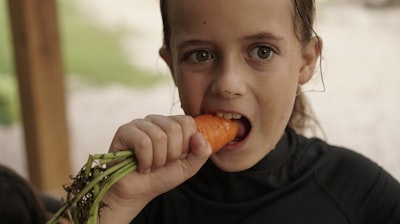Overview
Malnutrition in conflict zones is a critical public health challenge, occurring when population groups are deprived of adequate nutrition as a result of war, displacement, and disruption of essential services. The Gaza Strip, a densely populated Palestinian territory, has experienced significant malnutrition rates among both children and adults amid prolonged conflict, particularly following intensifications in hostilities and restrictions on the movement of goods and humanitarian aid.
Background
Gaza is a coastal enclave bordering Israel and Egypt, home to more than two million residents. Since 2007, it has been subjected to a blockade imposed by Israel and Egypt, preventing or limiting the import of food, medicine, fuel, and other goods. Intermittent military conflicts, airstrikes, and internal displacement exacerbate food insecurity, hinder agricultural production, and damage vital infrastructure, such as water and sanitation systems, further complicating humanitarian conditions.
Forms and Causes of Malnutrition
Malnutrition manifests in various forms, including acute malnutrition (wasting), chronic malnutrition (stunting), micronutrient deficiencies, and undernutrition. In conflict zones like Gaza, the interplay of limited food access, healthcare shortages, unsafe water, and poor sanitation drives the prevalence of these conditions.
Contributing factors in Gaza include:
- Blockade and movement restrictions: Limit availability and affordability of basic foodstuffs.
- Disruption of aid delivery: Military operations and insecurity impede humanitarian agencies from distributing food and nutritional supplements effectively.
- Economic collapse: High rates of unemployment and poverty due to destruction of infrastructure and restricted economic activity.
- Healthcare system strain: Hospitals and clinics face shortages of medicines and supplies, limiting their ability to treat malnutrition and related complications.
Humanitarian Response
International organizations, such as the United Nations Relief and Works Agency (UNRWA), World Food Programme (WFP), and other non-governmental organizations, play a vital role in providing food assistance and nutritional support to vulnerable populations in Gaza. Services include distribution of food parcels, provision of ready-to-use therapeutic foods for children, and nutritional screening programs. However, access and efficacy are frequently hindered by ongoing hostilities and access restrictions.
Impacts on Children and Vulnerable Groups
Children are particularly vulnerable to the adverse effects of malnutrition. Prolonged undernutrition during early childhood can result in stunted growth, developmental delays, compromised immune systems, and increased mortality risk. Pregnant and lactating women, the elderly, and individuals with chronic illnesses also face heightened risks. Malnutrition can have intergenerational consequences, affecting cognitive development and socio-economic prospects.
International Law and Humanitarian Principles
International humanitarian law (IHL) obligates parties to conflict to permit and facilitate rapid and unimpeded passage of humanitarian relief, including food and medical supplies, to civilian populations. The deliberate denial or obstruction of such aid may constitute a violation of IHL. International bodies frequently call for the protection of humanitarian facilities and personnel, and for parties to conflict to refrain from targeting sites where civilians seek food and medical care.
Recent Developments
Since 2023, malnutrition rates in Gaza have reached unprecedented levels, with reports of acute shortages of essential goods and rising numbers of malnourished children and adults. Escalations in violence and limitations on humanitarian access, coupled with the collapse of local health infrastructure, have contributed to a severe humanitarian crisis. Ongoing efforts by UN agencies and other international actors aim to address both immediate nutritional needs and the underlying drivers of food insecurity in the region.
Conclusion
Malnutrition in conflict zones such as Gaza represents a profound and multi-faceted humanitarian issue. Addressing it requires both the cessation of hostilities and the restoration of sustained access to food, essential services, and medical care for all affected populations. The situation in Gaza serves as a critical case study in understanding the intersection of war, blockade, and humanitarian need.

Comments
No comments yet. Be the first to comment!